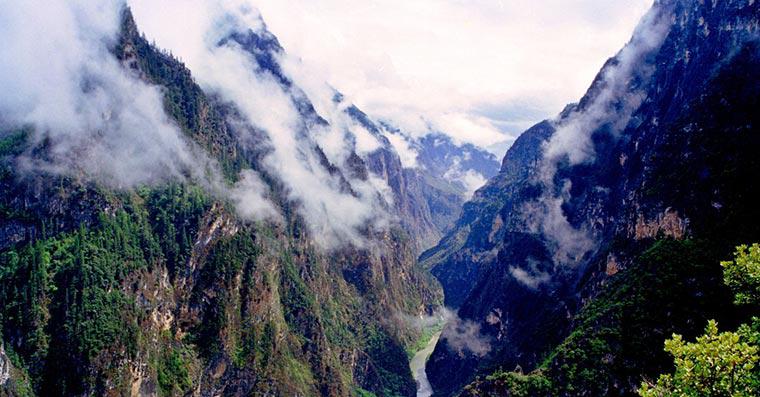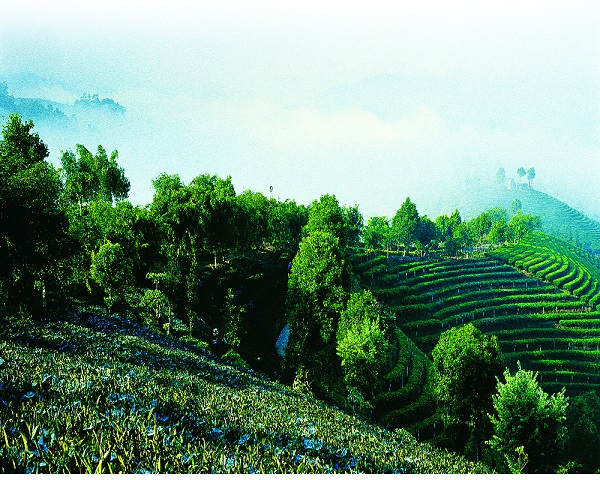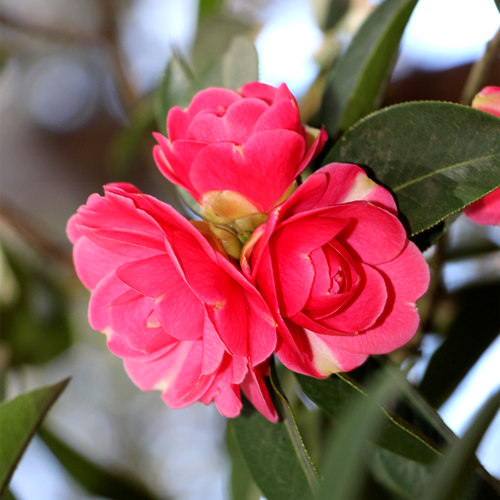
Detailed Introduction to Mangshi City of Dehong Prefecture
Mangshi City Overview
Mangshi (芒市), formerly known as Luxi (潞西), is the capital of Dehong Prefecture in western Yunnan Province. Situated near the border with Myanmar, Mangshi serves as the political, economic, cultural, and transportation center of Dehong. Known for its lush subtropical landscapes, rich ethnic diversity, and vibrant borderland culture, Mangshi is often regarded as the “Emerald of the Border”.
Geography and Climate
Location: Southwest Yunnan, close to Myanmar, about 700 km from Kunming.
Terrain: Dominated by basins, river valleys, and surrounding mountains.
Climate: Subtropical monsoon climate, featuring warm winters, mild summers, and abundant rainfall.
Average annual temperature: ~19–22°C
Nicknamed a “natural greenhouse”, suitable for agriculture and tourism year-round.
History and Culture
Historically, Mangshi was part of the ancient tea-horse trade route and an important passage between China and Southeast Asia.
The area is home to a mosaic of ethnic groups, primarily Dai and Jingpo, alongside Han, Achang, De’ang, and Lisu peoples.
Dai culture is especially prominent, with its distinctive pagodas, water-splashing festivals, Buddhist traditions, and tropical cuisine.
The city’s name “Mangshi” comes from Dai language, meaning “the city of dawn.”
Economy
Agriculture: Rich land and climate favor crops like rice, sugarcane, tropical fruits, coffee, tea, and flowers.
Cross-border trade: Proximity to Myanmar makes Mangshi a hub for international commerce, border markets, and cultural exchanges.
Tourism: Rapidly developing, with unique ethnic customs, tropical scenery, and Buddhist landmarks attracting domestic and international travelers.
Key Attractions
Menghuan Grand Golden Pagoda (勐焕大金塔)
A landmark Buddhist stupa with shining golden exterior, located on a hilltop, offering panoramic views of Mangshi.
Represents Dai Buddhist culture and architectural artistry.
Mengbanaxi Exotic Garden (勐巴娜西珍奇园)
A large tropical garden showcasing rare plants, flowers, and unique cultural performances.
Combines ecological tourism with Dai cultural experiences.
Santaishan (三台山)
A scenic mountain area known for temples, pagodas, and tranquil natural surroundings.
Popular for hiking and religious pilgrimages.
Ethnic Villages
Dai bamboo houses, Jingpo traditional dwellings, and cultural performances.
Visitors can participate in festivals such as the Water-Splashing Festival (泼水节) and Munao Zongge (目瑙纵歌节) of the Jingpo people.
Night Markets
Famous for borderland snacks, tropical fruits, and vibrant ethnic handicrafts.
Transportation
Mangshi Airport: Offers direct flights to Kunming, Chengdu, Chongqing, and other major cities.
Highways: Well-connected within Yunnan and to Ruili on the border with Myanmar.
Border Access: A short drive to Ruili for cross-border trade and travel.
Festivals and Customs
Dai Water-Splashing Festival (April): Joyful celebration marking the New Year, featuring water fights, dragon-boat races, and Buddhist rituals.
Jingpo Munao Zongge Festival: A grand group dance event, symbolizing unity and blessings.
Ethnic Culinary Culture: Known for Dai-style sour and spicy dishes, bamboo rice, grilled fish, and tropical fruit feasts.
Conclusion
Mangshi is a gateway city on the China–Myanmar border, blending subtropical beauty with vibrant multi-ethnic traditions. With its golden pagodas, festive celebrations, and rich biodiversity, Mangshi offers travelers an immersive experience of Yunnan’s borderland charm and Southeast Asian cultural influence.



